How far does a billion YouTube views get you in a film pitch? Not very, as Australian twins Danny and Michael Philippou learned while scraping together funding for their first feature. In their twenties, the brothers honed their filmmaking chops — and gained millions of subscribers — on their channel RackaRacka, producing fast-paced, comically violent videos like “Harry Potter VS Star Wars” and “Ronald McDonald Chicken Store Massacre.” All the while, they took some crew jobs on film sets and commercials to work toward directing their own movie.
“RackaRacka was a talking point in meetings, but not a good one,” Danny says, laughing. “They just didn’t think we could do a movie. To be fair, we weren’t making deep stuff on YouTube.” Michael adds: “It was, like, Nerf gun wars!
Nudging ribs and kicking each other under the table during their interview, the 32-year-old twins — distinguishable by Danny’s bleached hair and Michael’s buzzcut — still share the rambunctious, slapstick banter that’s evident in their YouTube videos. But their feature debut “Talk to Me” showed the brothers channeling that screwy energy toward a prankish, and ultimately tragic, demon-possession thriller. Launched at Sundance in 2023, the film was an instant fest sensation, sparking a bidding war that ended with a distribution deal at A24. A few months later, it earned $91 million at the global box office — then the indie banner’s second-highest-grossing release ever.
Two years on, A24 is bowing the Philippous’ sophomore effort, “Bring Her Back,” on May 30. It’s a rain-soaked, Hansel-and-Gretel-ian slow-burn, with some extreme, bloody surprises too. (One scene involving a cantaloupe seems destined for whispered infamy among horror fans). The story follows two orphans under the care of an occult-obsessed guardian played by Sally Hawkins, committing to her first turn in the horror genre.
Both brothers admit they are still humbled that an Oscar-nominated actress would team with them — self-described “bogans” — but the three quickly formed a bond during the casting process. As it turned out, Hawkins had even seen RackaRacka videos before.
“She enjoyed them! People said our energies weren’t going to match, but we got along so well,” says Danny. At one point during the shoot, the trio prepared for an (ultimately cut) ding-dong ditching sequence by actually going out and pranking a few neighbors together. The brothers are eager to team with Hawkins again. Danny is so keen that he hands over a copy of the book he’s currently reading — the 1997 novel “Out” by Japanese author Natsuo Kirino, about four female employees at a bento factory who cover up a murder — and makes a brief pitch of an adaptation.
The Philippous’ industry emergence seems the realization of one of the original mythological promises of YouTube: a democratized video platform that could elevate a new generation of self-taught directors. As it happens, the brothers’ rise coincides with the internet’s eclipse of Hollywood in the attention economy. YouTube isn’t just an industry unto itself; it’s often at the center of the culture.
One of RackaRacka’s final uploads centered on a set-visit to a production by YouTube’s now-top content creator, MrBeast. Now viewed six years on, the video plays like a generational overlap between two different eras of the website’s ruling sensibilities.
“MrBeast has mastered the art of YouTube. He reinvests everything. That’s just not how our mind works, but it’s what YouTube is now,” Michael says. “When we were coming up, we wanted to be filmmakers. We fell into YouTube. But kids now want to be YouTubers. That is the mainstream.”
Riding the wave of YouTube’s growth through the 2010s, the Philippous shifted from more narrative-based sketches to making longer videos that aped the vlogging format that had become popular on the platform. But as that era waned, the brothers decided to free themselves from online trend-chasing and fully commit to feature filmmaking.
“That stuff was just running with whatever was on YouTube at the time. It was algorithmic,” Danny says. “I’d done everything I wanted to do on there. I couldn’t express myself personally.”
The brothers suspect more like them will pour into the film industry in the coming years, as online creatives look to break free from the stringent content parameters enforced by mercurial social media algorithms. “More narrative-driven content isn’t pushed on these platforms. I hope that changes,” Michael says.
But the success of “Talk to Me” did momentarily lead the Philippous back to the territory of their YouTuber passions. Soon after the Sundance premiere, the pair were tapped by Legendary Entertainment to develop a film adaptation of Capcom’s “Street Fighter” video game series. It was a full-circle moment: RackaRacka’s video “Real Life Street Fighter,” featuring the brothers and others as game characters, has drawn more than eight million views since 2016.
“They were making it so people that love the game aren’t going to be turned off by the film. That’s the scariest part of an adaptation: letting down the fanbase,” Danny says. “You have an audience to cater to.”
The brothers even got as far as planning out fight sequences and location-scouting in Thailand, but exited the project due to scheduling conflicts with “Bring Her Back” — a sliding-doors moment they understand as career growing pains.
“We were saying yes to everything, and we weren’t really factoring in time,” Michael says. Adds Danny: “But again, I still would make ‘Street Fighter.’” (Since the brothers’ exit, the adaptation has been taken off Sony’s original March 2026 release date, as the distributor’s deal with Legendary has now expired. It remains in development.)
The Philippous are still signed to develop a “Talk to Me” sequel at A24. But more immediately, the banner has recruited them to pull from their YouTuber roots with a different project. They’ve almost finished filming a documentary about the impassioned underground world of deathmatch wrestling (think high scaffolding, flaming glass and nail beds). Not only did RackaRacka’s earliest videos display an esteem for pro wrestling, but the upcoming doc is somewhat of a self-portrait, with Michael entering the ring to join in the fights.
“It’s like a vlog!” he says. “It was part of why we had a greenlight: doing it from my point of view.”
Of course, the film industry does pose legalities that the brothers didn’t face producing their own stunt-heavy YouTube videos.
“I couldn’t initially name Michael as one of the directors on ‘Bring Her Back,’” Danny says. “They couldn’t insure him. ‘Sorry, the director’s doing what?’”































